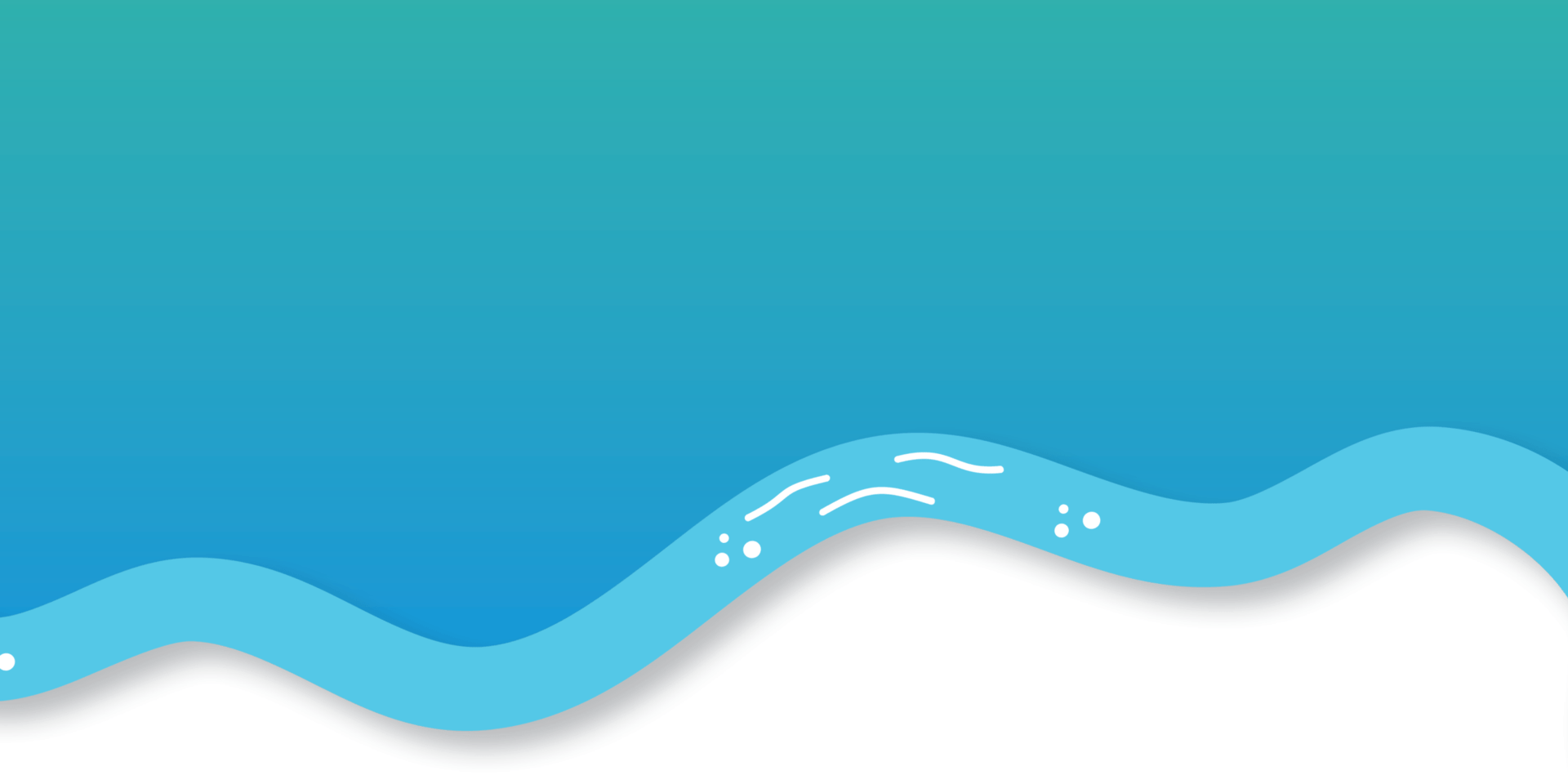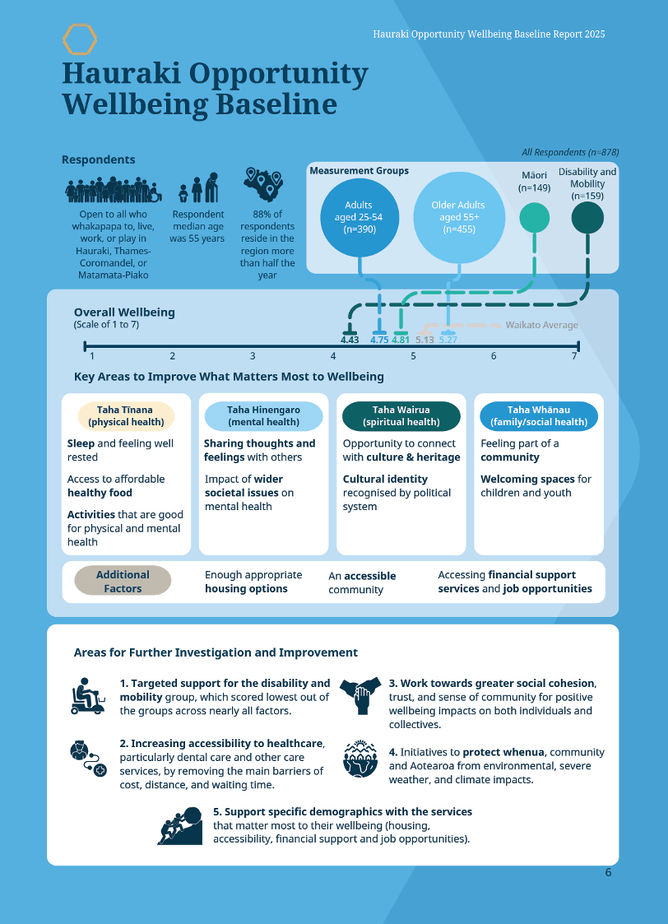The Hauraki Opportunity has been a multi-year project that has brought together organisations at all levels of community, to co-design and apply a wellbeing measurement and management system from the flaxroots upwards. The Hauraki Opportunity was co-constructed with, and applied by and for, the people of Hauraki, including those who work, live, play, or whakapapa to Thames Coromandel, Hauraki or Matamata-Piako districts: from Moehau to Te Aroha, across the Hauraki Plains, and up to the Wharekawa Coast.
The final report for the Hauraki Opportunity has now been completed and can be viewed here.
The report is intended to clearly express the values, needs, and aspirations of the community, equipping decision-makers and organisations with a deeper understanding of what is influencing and driving their wellbeing in order to help allocate resources, inform strategy, or make decisions that most effectively improve the wellbeing of the communities they’re supporting.
The report presents the findings of the 2024 - 2025 community wellbeing baseline measurement, offering opportunities for effective collaboration, shared learnings, and improved outcomes for the people of Hauraki. Importantly, it enables their voices to be heard, highlighting what matters most to them and their wellbeing, and has been designed so that it can be wielded by community to measure wellbeing longitudinally, should they choose to do so.
The Hauraki Opportunity is a repeatable Wellbeing Measurement and Management System that measures what matters most, allowing important choices regarding the present and future wellbeing of the region to be made wisely.
The Hauraki Opportunity was developed to respond to challenges identified by community around the lack of data that was granular enough to add value for regional and rural decisionmakers, a challenge familiar to many across Aotearoa New Zealand.
Simply, there was a call for better information about what mattered most to the people living in the area. This report seeks to build upon the extensive research and passion of its project partners, namely, project lead Te Tara o te Whai, and project partners Thames-Coromandel, Hauraki and Matamata-Piako District councils, where they saw the value in a robust and scalable iteration of their engagement processes.
Funded by Trust Waikato and the Waikato Wellbeing Project, the Hauraki Opportunity has been facilitated by Huber Social, experts in social impact and community wellbeing to measure the holistic needs and lived experience of the people of Hauraki, to establish a community wellbeing baseline. The results represent more than 205 hours of direct survey input from October 2024 to March 2025, as well as hundreds of conversations, comments, challenges, celebrations, suggestions, and other feedback and input during its co-design and co-construction phases.
The key findings of the research are:
Wellbeing patterns repeat across findings; older adults scored highest, while those with disability or mobility challenges consistently scored lowest.
Physical health is enduring across all measurement groups as a key area to improve what matters most, but barriers persist in accessing care services.
While respondents reported high frequencies of happiness, written responses indicated a range of wider issues negatively impacting mental health.
Māori had the strongest responses to questions around cultural and spiritual connection, but respect around cultural identity scored low across groups.
Social division in community was reported across a range of issues, with knock-on effects for community connection and feelings of safety.
Connection to nature was a strength across measurement groups, accompanying calls for more environmental and climate action, as well as more emergency preparedness support.
Structures and services around housing, accessibility, financial support, and job opportunities were key areas with opportunities to improve what matters most across groups.
The graphic below provides a high level summary of the project and its key findings.


